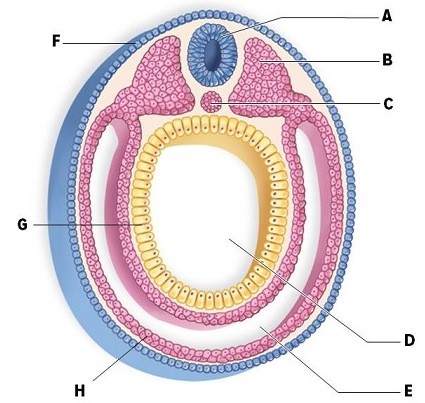Which one of the following examples describes a communication mode that would be best for signaling over the greatest distance in a dark, densely forested environment?
A. display of plumage of a male bird to attract females
B. waggle dance of a honeybee in a colony within the forest
C. pheromones released by a female moth
D. territorial song of a male bird to repel other males
E. flashing of a male firefly to attract conspecific females
Clarify question:
What is the key concept addressed by the question?
What type of thinking is required?
Gather Content:
What do you already know about the different modes of communication? What other information is related to the question?
Choose Answer:
Given what you now know, what information is most likely to produce the correct answer?
Reflection on Process:
Did your problem-solving process lead you to the correct answer? If not, where did the process break down or lead you astray? How can you revise your approach to produce a more desirable result?
D. territorial song of a male bird to repel other males
Clarify question:
What is the key concept addressed by the question?
The question asks about modes of communication and which works best over distances in a dark, dense forest.
What type of thinking is required?
This is an analyze question. You need to break down each of the answer choices into its components and see which mode of communication would be the most effective.
Gather Content:
What do you already know about the different modes of communication? What other information is related to the question?
The animal is trying to communicate over long distance in a dark, dense forest. One fair assumption is that the forest is full of trees and other types of vegetation. Given the limitations of such a place, what is best way to communicate? Due to the density of the vegetation and the lack of light, animals are probably unlikely to be able to see each other over long distances. Watching a dance from a long distance away is also unlikely to be possible. Pheromones can travel through air, but all of the vegetation in a forest would reduce the distance that a chemical could travel. Light flashes would also be hard to see over long distance given all of the vegetation. This leaves sound. Sound waves can travel over long distances and provided that they are distinct from other sounds, they can convey information.
Choose Answer:
Given what you now know, what information is most likely to produce the correct answer?
Given the choices, sound based communication is the best option.
Reflection on Process:
Did your problem-solving process lead you to the correct answer? If not, where did the process break down or lead you astray? How can you revise your approach to produce a more desirable result?
Did you get it right? You needed to consider the limitations of the environment and what constraints it would place on effective long distance communication.
You might also like to view...
What percentage of carbon's orbitals are spherical in conformation?
A. 0% B. 20% C. 40% D. 80% E. 100%
Which of the following substances have NOT been identified as a PAMP?
A. lipids on the cell walls of bacteria B. double-stranded RNA C. carbohydrates on the cell walls of bacteria D. proteins on the cell wall of bacteria E. double-stranded DNA
Identify and briefly describe the labeled structures in the cross section of the vertebrate embryo.
What will be an ideal response?
Where in a woman's reproductive tract does fertilization most often take place?
What will be an ideal response?